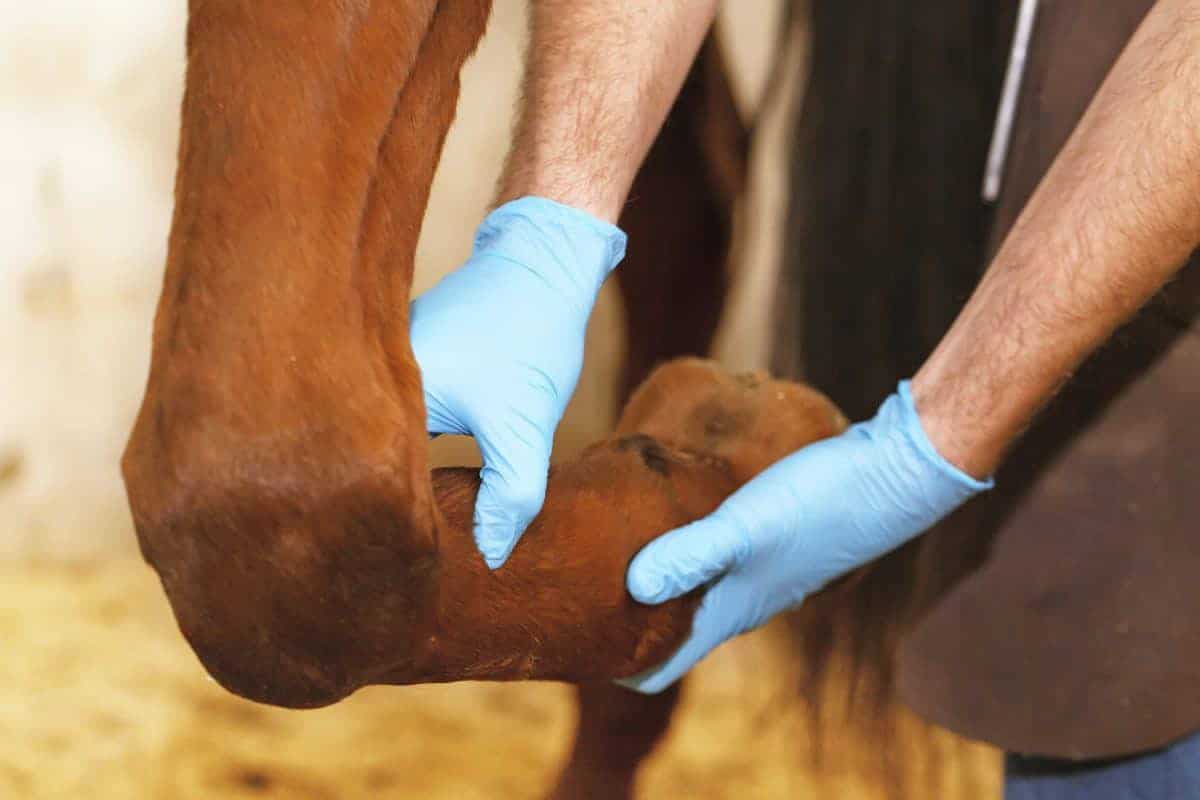Home > Horse Care > “Aging” an injury
“Aging” an injury
- January 19, 2024
- ⎯ Christine Barakat with Melinda Freckleton, DVM
Brushing your horse’s lower leg, you discover a lump that you don’t remember feeling before. Is it a new injury or an older one you are just now noticing? The following questions will help you arrive at the most likely answer:
• Is it hard or soft? A new injury is still in the early throes of the inflammatory process, when fluids are flooding the area, leading to a soft, “squishy” feel. The lump of an older injury is made up of firmer scar tissue or calcifications that take time to form.

• Does he care if you touch it? If your horse flinches as you palpate the lump, chances are good it’s a fresh injury. That sensitivity is associated with the early stages of inflammation.
Click here to learn how to prevent tendon injuries in horses.
• Is your horse lame? A “fresh” lump large enough for you to feel on a limb is likely to make your horse lame or at least slightly off. By contrast, a very sound horse could sport multiple old leg lumps from previous injuries.
To sum up: A sore, soft lump on a lame horse warrants a call to your veterinarian, while a harder, non-sensitive lump on a sound horse probably doesn’t. Simply make a note of it; perhaps even take a picture, so you’ll never again be left wondering if you’ve seen it before.
This article first appeared in EQUUS issue #441.
Don’t miss out! With the free weekly EQUUS newsletter, you’ll get the latest horse health information delivered right to your in basket! If you’re not already receiving the EQUUS newsletter, click here to sign up. It’s *free*!





